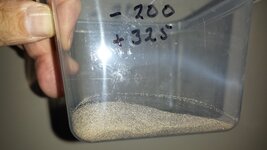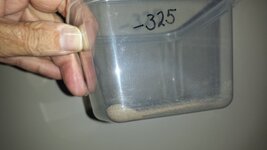GoldMine21
Jr. Member
- Feb 3, 2017
- 23
- 19
- Primary Interest:
- All Treasure Hunting
I am completely new to this and I live in a state with flour gold. I bought a Garrett pan which is on the way. I am wondering if the pan was the way to go ? I also looked at a sluice and a blue pan. It would be for stream. Any help on what works best for flour gold would be greatly appreciated. Thank you !
Last edited:
Upvote
0



 [emoji106]
[emoji106]


 . You will yield more color per bucket if you try to concentrate it in the field.
. You will yield more color per bucket if you try to concentrate it in the field.
